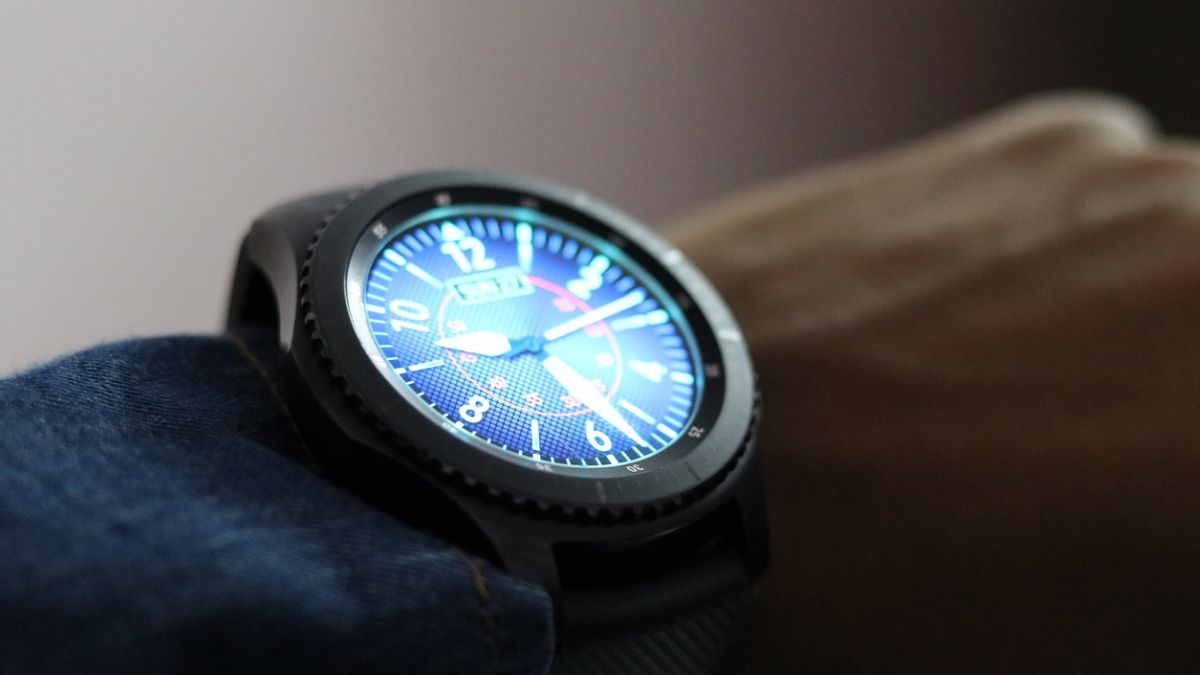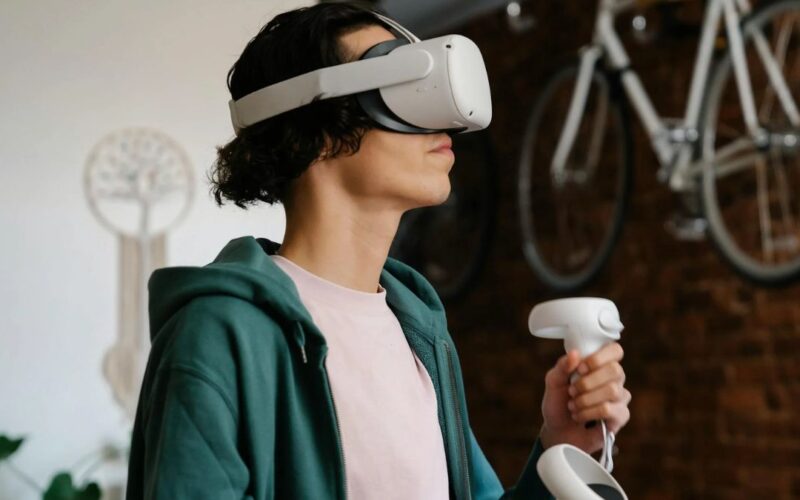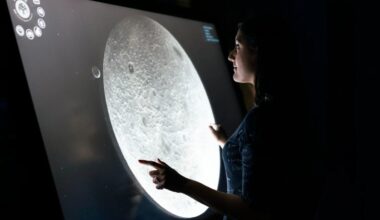In the era of digital connectivity, wearable technology has emerged as a transformative force, seamlessly integrating into our daily lives and redefining how we interact with the world. This article explores the evolution, current landscape, and future trends of wearable technology, highlighting its impact on health, lifestyle, and the way we experience the digital realm.
The Evolution of Wearable Technology
From Early Innovations to Mainstream Adoption: Wearable technology has evolved from early prototypes to mainstream devices, transitioning from niche gadgets to indispensable companions in our everyday lives.
Miniaturization and Design Innovation: Advances in miniaturization and design have played a pivotal role in the evolution of wearables. Devices have become sleeker, more comfortable, and aesthetically pleasing, enhancing user adoption.
Popular Wearable Devices
Fitness Trackers: Devices like fitness trackers monitor physical activity, sleep patterns, and overall health. They provide real-time feedback and encourage users to adopt healthier lifestyles.
Smartwatches: Smartwatches have transcended timekeeping, integrating features such as notifications, fitness tracking, and even mobile payment capabilities. They serve as multifunctional companions, connecting users to their digital lives.
Health Monitoring Devices: Wearables designed for health monitoring track vital signs, allowing users and healthcare professionals to monitor conditions such as heart rate, blood pressure, and sleep quality.
Augmented Reality (AR) Glasses: AR glasses overlay digital information onto the physical world. While still evolving, they hold the potential to revolutionize industries like gaming, education, and healthcare.
Impact on Health and Fitness
Encouraging Physical Activity: Fitness trackers and smartwatches promote physical activity by setting goals, providing feedback, and facilitating exercise routines, contributing to a healthier lifestyle.
Remote Health Monitoring: Wearable health devices enable remote monitoring of patients, fostering a new era of telemedicine and allowing healthcare professionals to intervene proactively.

Enhancing Lifestyle and Connectivity
Notifications and Communication: Smartwatches keep users connected by providing notifications for calls, messages, and social media updates. They act as an extension of smartphones, enhancing accessibility.
Personalized Experiences: Wearables offer personalized experiences, tailoring recommendations, and insights based on user behavior and preferences, creating a more customized digital interaction.
Challenges and Future Trends
Data Privacy Concerns: The proliferation of wearable technology raises concerns about data privacy. Striking a balance between personalized services and protecting user data is an ongoing challenge.
Integration with Everyday Life: Future trends in wearable technology include increased integration with daily activities. Smart clothing, smart accessories, and further miniaturization are anticipated.
Advancements in Sensor Technology: Sensor technology is a driving force behind wearables. Future advancements may include more sophisticated sensors, enabling more accurate health monitoring and a broader range of applications.
The Role of Artificial Intelligence (AI)
AI-Powered Insights: The integration of AI into wearables enhances their capabilities, providing users with intelligent insights, predictive analytics, and a deeper understanding of their behaviors.
Predictive Health Maintenance: AI algorithms can analyze data from wearables to predict potential health issues, allowing users to take preventive measures and maintain optimal well-being.
A Wearable Revolution
Wearable technology has not merely become an accessory; it has ushered in a revolution in how we engage with technology, health, and our daily lives. As wearables continue to evolve, they are poised to redefine our relationship with personal technology, offering increasingly personalized and immersive experiences.
From fitness enthusiasts to healthcare professionals, the impact of wearable technology is far-reaching, marking a dynamic shift towards a more connected and informed future. As we navigate this wearable revolution, the possibilities for innovation and improved quality of life are boundless, making wearable technology a fascinating and integral part of our digital journey.









